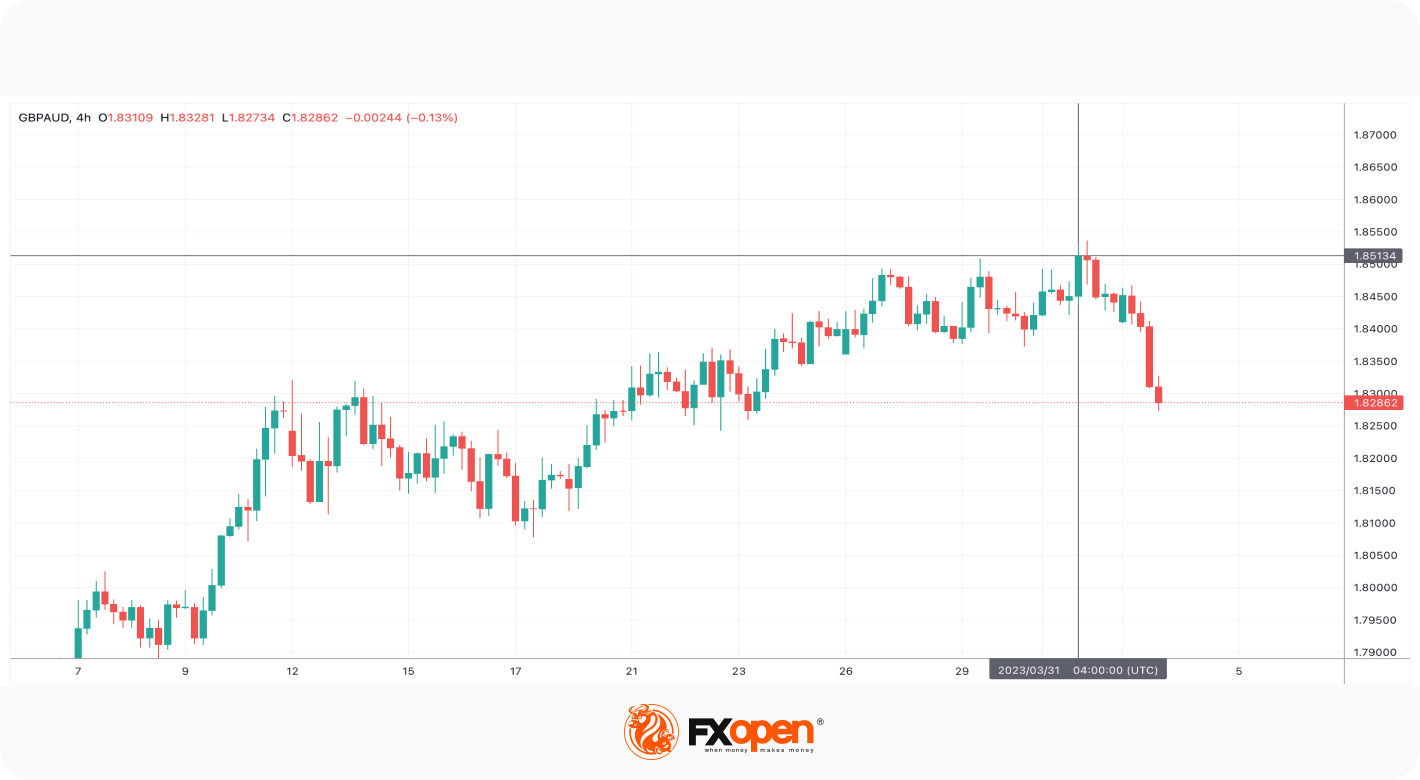FXOpen

There are those who look forward to the day when the entire society in which they live goes completely cashless, and there are those who regard such a possibility with absolute dread.
Many nations with developed and advanced financial markets ecosystems are now heading toward the next stage in the implementation of a fully digital ecosystem, and in a lot of cases, their respective governments and central issuers of fiat currency are talking about the implementation of what is known as CDBCs, an acronym that stands for Central Bank Digital Currencies.
Central Bank Digital Currencies are effectively digital versions of existing sovereign currency, and many nations in Europe, North America, and South East Asia are looking at developing them and rolling them out. Australia is one such nation.
Whilst the rollout of such CDBCs has not taken place yet, there is more than a degree of speculation regarding the possibility of such a move being made by the Australian central bank, the Reserve Bank of Australia.
This speculation is being fueled by a recent move by ANZ Bank, one of Australia’s largest Tier 1 financial institutions and the country’s largest institutional and corporate bank.
At the end of last week, ANZ Bank announced that it would cease facilitating withdrawals and deposits from a number of its Australian branches on a permanent basis.
The bank advised that those wishing to access cash rather than use electronic transfers, debit/credit cards, or contactless systems should look toward using ATMs (automated cash machines), which are operated by ANZ Bank as well as independent operators and other banks across Australia, as ANZ’s customers will no longer be able to withdraw cash from their accounts inside branches.
Whilst this move means that ANZ Bank customers will still be able to withdraw and deposit cash via the ATM machines, the number of machines operated by banks across Australia, including ANZ, has been decreasing as they become decommissioned over recent years.
Whilst ANZ Bank’s move may well appear to be sensible and look toward a more efficient future in which most transactions are either carried out online, via a card payment, or contactless payment device rather than using physical cash, there is a seed of concern that has been sewn that this is a step toward the implementation of CDBCs and their perceived potentially authoritarian nature.
Groups which disapprove of the development by governments and central banks with regard to CDBC development believe that privacy could be diminished if all transactions are done digitally and that governments could use the digital nature of fiat currencies to ensure compliance with government agendas and doctrines by being able to ‘turn the money off’ if someone does not do as they are told.
Indeed, one of ANZ’s reasons for ceasing to offer cash in many of its branches is that the lockdowns enforced by the government throughout 2020 and 2021 in Australia, which was subject to one of the most strict lockdowns in the world, caused people to use much less physical cash and that ANZ is just moving with the times.
However, those who remember the rigour with which the lockdowns were enforced in Australia are now concerned that the beginning of the end of access to anonymous and free cash is arriving.
Volatility in the Australian Dollar has been quite considerable over the past five days. The Australian Dollar sank in value against the Euro, British Pound and US Dollar at the end of last week after the announcement was made.
The British Pound reached a healthy 1.85 against the Australian Dollar by Friday morning in the Asian trading session, before settling down before the weekend. Currently, the GBP/AUD chart shows a high level of daily volatility.

However, the direction which the move toward a cashless society in Australia takes is an interesting one to follow, as is the public sentiment relating to it, especially given the reaction and ensuing volatility last week to simply removing cash withdrawals and deposits from some branches.
Of the four major banks in Australia, Westpac had 1429 ATMs in 2020 compared to 3073 in 2015, according to federal parliament economic committee reports published in January this year, and Commonwealth Bank reduced its ATMs by 800 in the same period while ANZ removed 500. NAB had 341 ATMs after 100 were removed in a five-year period.
Thus, declining access to cash is not a new phenomenon in Australia. Still, the move by ANZ Bank to cease cash withdrawals and deposits in branches simply complements the reduction of ATMs by all of the country's large banks and sets people on the road to speculation!
This article represents the opinion of the Companies operating under the FXOpen brand only. It is not to be construed as an offer, solicitation, or recommendation with respect to products and services provided by the Companies operating under the FXOpen brand, nor is it to be considered financial advice.
Stay ahead of the market!
Subscribe now to our mailing list and receive the latest market news and insights delivered directly to your inbox.









